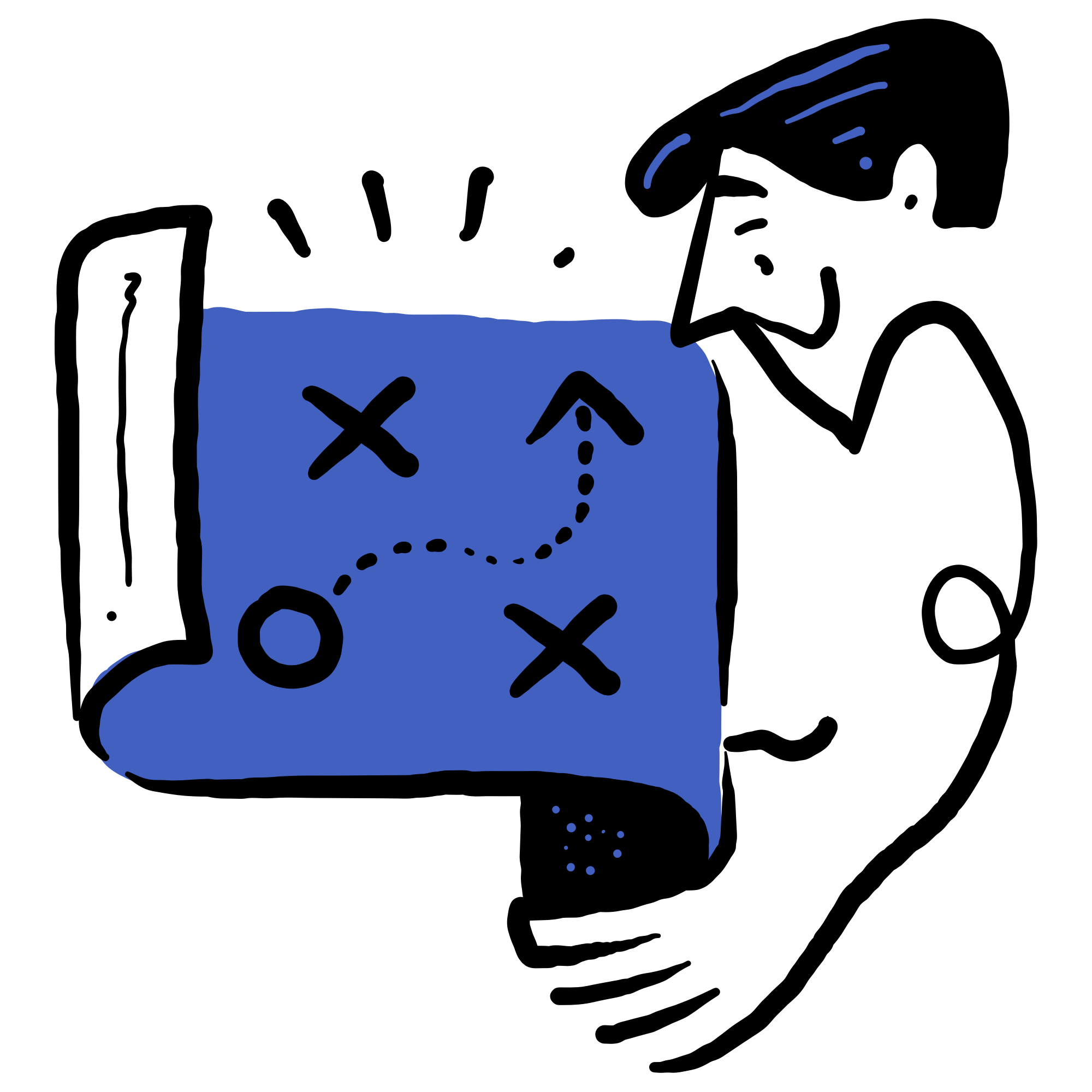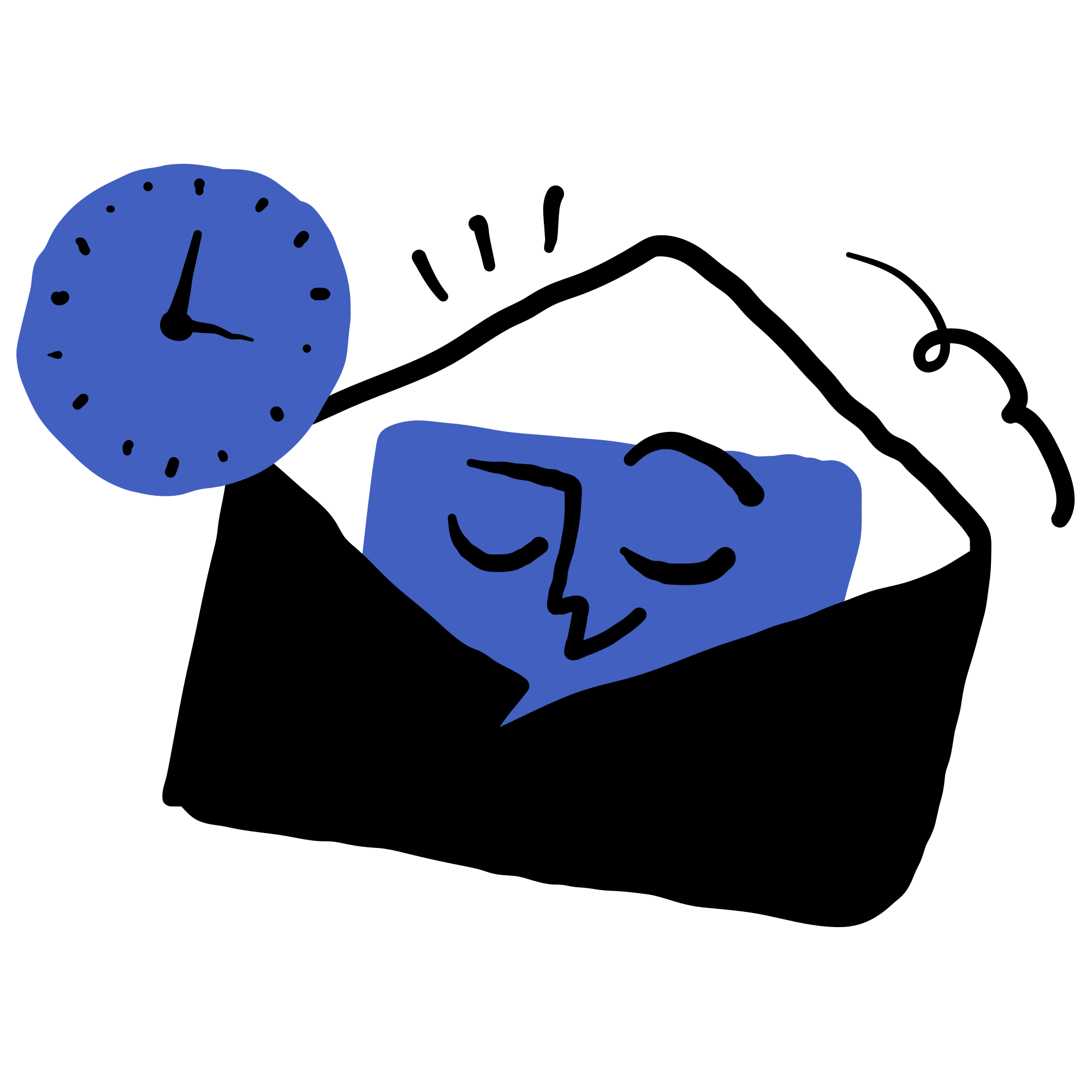Neurodiversity and the workplace
Analytics can be a tough work environment for anyone.
See below for my work style and supportive conditions that help me do my best work as an Autistic person, while keeping my nervous system and mental health intact.
I also include more general information on Autism, and talks by Autistic advocates on workplace inclusion, intersectionality, and responding to myths and stereotypes.
The Autism & Neurodiversity Masterclass
“A key step in creating a neurodiversity inclusive workplace is acknowledging that a ‘one size fits all’ attitude is not the right approach…This means getting rid of the idea that there must be one way of doing things.”
My work style & supportive conditions
-

Space and autonomy.
Once we’ve agreed on touchpoints and timelines, I really appreciate the freedom to manage my own working hours. This balance of structure and autonomy gives me the quiet space I need to think clearly, design thoughtfully, and deliver meaningful work.
-

Process and clarity.
Outlining high-level milestones and timelines, even if they shift later, helps me plan thoughtfully, stay aligned to expectations, and reduces unnecessary back-and-forth.
-

Prioritization and pacing over constant urgency and hustle culture.
A constant need for speed often risks product quality and debilitating burnout. I really value pacing projects thoughtfully, prioritizing what truly matters at each stage. Together, we can create a reasonable timeline that balances quality, impact, and wellbeing - and ideally, for beyond just me.
-

Preference for asynchronous communication.
While not always possible, it’s easier for me to respond to communication with time to process. I can get overwhelmed in large discussions, impromptu calls, and constant pings, as they disrupt focus and increase anxiety. Written communication, like email, gives me the space to respond with clarity, care, and depth.
Maisie Soetantyo in The Autism & Neurodiversity Masterclass
“…Autism is perceived as a childhood disorder, so Autistic adults are left with nothing. I know a lot of Autistic adults who are in their twenties, thirties - they still don’t know what it means to be Autistic. So how can you know how to apply for a job that suits you, if you don’t know who you are as an Autistic person?”
Understanding Autism
What is Autism?
Autism is a genetic, neurological, and neurodevelopmental disability that shapes how we experience, interpret, and interact with the world. Our brains are literally built differently. Compared to neurotypical brains, Autistic brains may have more or fewer neural connections in certain areas, as well as differences in structure, function, or size.
Autism can influence many aspects of life, including how we:
Process sensory input
Experience emotions and thoughts
Communicate and connect with others
Navigate daily tasks and environments
A hidden disability
Autism is often referred to as a “hidden disability” because so much of what we experience is internal. We are trying to move away from labels like “high or low functioning”. These terms imply fixed states of being, reduce us to what we can or can’t do, and overlook the fact that many traits may not be visible to others. Additionally, those labeled as “high functioning” may be denied support, while those labeled “low functioning” may be underestimated, and have their autonomy restricted.
Diverse and individual
Autism is not one-size-fits-all - its experience and expression varies widely from person to person.
For example, some Autistic people are comfortable with spoken communication; others communicate best through writing, typing, AAC (augmentative and alternative communication), sign language, body language, or other alternate forms of expression.
Some of us are highly sensitive to sensory input, where we notice sounds, lights, or textures more intensely. Others may be less responsive to those same inputs. These differences can even shift day-to-day, depending on energy, environment, and support.
Women, gender-diverse people, and Black, Indigenous, and People of Colour face additional barriers to accessing diagnosis and support. These systemic barriers often result in delayed, missed, or incorrect diagnoses, and their needs and expressions being overlooked, dismissed, or pathologized instead of met with care and understanding.
For example, women are often socialized to mask - which means hiding or suppressing Autistic traits to meet societal expectations. Many of us learn to blend in just to survive, often at the cost of our own wellbeing.
As the saying goes, “When you’ve met one Autistic person, you’ve met one Autistic person.” (Dr. Steven Shore).
Organizations I am learning from:
The Autism & Neurodiversity Masterclass
Autistic Women & Non-Binary Network (AWN)
Watch an interview from The Disability Media Network (DIME) with Morénike Giwa Onaiwu, Autism advocate, educator, and author, about the intersectionality of race, gender, and disability.
Listen to Autistic people respond to common stereotypes about Autism, like lacking empathy, being socially inept, only impacting males, and more.
Jason Arday in The Autism & Neurodiversity Masterclass
“…The more neurodivergent people I speak to, the more I realize how many sacrifices they make to be able to assimilate into a neurotypical world…it’s not sustainable because it’s just physically, emotionally, psychologically [exhausting]…all you’re doing really is stunting those aspects of your wellbeing.”
Barriers to employment
One of the hardest and most persistent challenges I think about is finding and maintaining sustainable work and income. If we can’t fall back on caregivers, community, or other resources, we need to support ourselves. On top of that, job availability is low, costs of living are high, and salaries don’t often line up to what is really needed.
Depending on the source, estimates suggest that anywhere from 60% to 85% of Autistic adults are unemployed or underemployed. Even with inconsistent data, the takeaway is clear: far too many of us are being left out of sustainable work.
I don’t think this is because we don’t want to work, or are incapable of working. The reality is that typical workplaces often push us to mask our Autistic traits - sometimes consciously, sometimes unconsciously - in order to fit in, meet expectations, and avoid negative reactions from management or peers.
In office-based environments like analytics and tech, masking may involve:
Relying on spoken communication, even when it’s less effective, comfortable, or possible for us
Meeting expectations for ongoing availability and social interaction (e.g. messaging, calls, meetings, presentations, social events)
Having to rapidly adapt to unexpected changes without time to process or prepare
Feeling unable to seek clarity in ambiguous situations due to time pressures, or fear of being judged or appearing incompetent
Adhering to 9-5 schedules and mandatory Return to Office policies, even if home or other environments feel more regulating, safe, and productive
Enduring overstimulating environments without showing distress (e.g. bright lights, excessive noise, frequent interruptions, no personal space)
Suppressing stims (i.e. repetitive movements or behaviors that help regulate emotions or process input), often because they are misunderstood or seen as ‘unprofessional’
Disrupting personal routines with frequent, unplanned overtime, making it difficult to find space to care for ourselves, rest, and recharge
The effort to constantly adapt and suppress parts of ourselves can take a serious toll. In online forums and YouTube channels by Autistic people sharing their work experiences, I’ve seen countless, and very relatable, stories of:
Chronic exhaustion
Recurring meltdowns and shutdowns
Long-term burnout
Medical leaves
Constant fears of termination
Actual termination
Frequent quitting
These layers of barriers can make work not only draining, but actively harmful, especially as many are avoidable and unnecessary.
Hear Irene of The Thought Spot speak to the recurring burnout Autistic people can face in the workplace, and outline a few key things to consider when looking for work.
The Autism & Neurodiversity Masterclass
“Designing a neurodiversity inclusive workplace means providing choices and options…Moving beyond any expectation that neurodivergent individuals must request accommodations and instead, providing multiple options means there are less barriers to inclusion.”
Facilitators to employment
Creating inclusive workplaces isn’t just about accommodating individuals, it’s about shifting systems, expectations, and cultures to include a wider range of human experience. As a starting point, I like this article by The Autlaw that outlines accommodations made for Autistic people that also benefit many others. I have listed a few below.
However, no single set of accommodations fits everyone - especially given the diversity within the Autistic community, and how these are typically geared towards office environments. Supportive conditions may vary based on work environment, intersectionality, co-occurring disabilities, communication methods, and more.
Sensory-friendly environments
Reduced noise
Non-fluorescent, adjustable lighting
Scent-free zones
Designated quiet zones
Comfortable seating
Direct and predictable communication and information
Visual aids like schedules, timelines, flowcharts, and checklists
Direct communication and space to ask questions
Advance notice of changes
Clear and accessible signage
Flexible work and learning arrangements
Access to remote work or alternative environments
Flexible scheduling and self-paced workflows
Varied learning and onboarding modalities
Multiple options for delivering presentations - not just verbal
Adjustments should also extend to cover the end-to-end workplace experience - including recruitment, interview, follow-up, onboarding, performance reviews, promotions, etc. Some of these can be reviewed here.
When we are given space to be understood and respected in how we work, our outcomes can be radically different. In the right environments, we can contribute meaningfully and sustainably.
I want to believe that typical jobs and workplaces can create the capacity to transform and be inclusive for everyone. Either that, or maybe we need to create our own :)
Articles mentioned:
5 accommodations made for Autistics that benefit everyone
Embracing neurodiversity at work: How Canadians with Autism can help employers close the talent gap
Watch an interview by Samar Waqar of Kind Theory with Maisie Soetantyo, founder of Autism Career Pathways, which helps organizations become more inclusive, productive, and innovative.
Contact me
Think we might be a fit? Let me know about your project and how I might be able to help, and I’ll be in touch with a time to connect!



